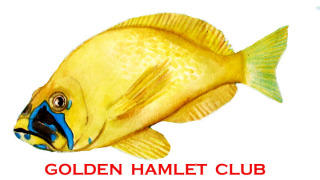
Tom Nicodemus
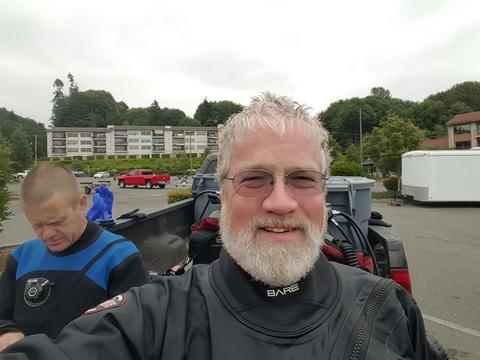
1) You did your first REEF survey on April 8th, 2006 at Titlow Beach in Tacoma. What got you started? [Photo courtesy of Tom Nicodemus]
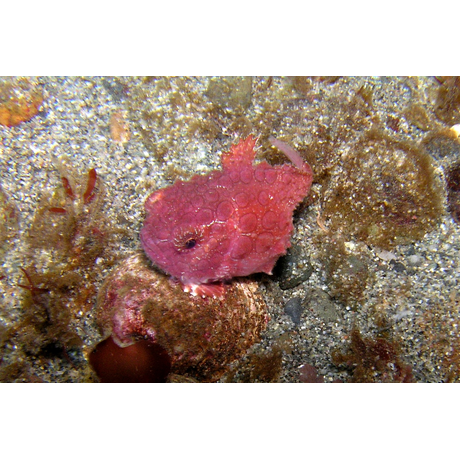
I have had a passion for sea creatures since I was a young boy swimming in the Caribbean in Costa Rica and the Gulf of Mexico in Veracruz. What 12 year old wants to be a marine biologist when they grow up?!? I’m sure I didn’t even understand what a marine biologist was, but the love and desire was there.
When I was certified in 2006 it was only natural that I would immediately “dive” into Fish Identification, scratching the “itch” I’d had since I was a boy for the sea and the life in it! Shortly after certification I heard of a fish ID class was being offered by our own inimitable Janna Nichols at a local dive shop. I signed up with a friend and was immediately captivated by the class. Janna’s love and enthusiasm for our Puget Sound sea life was contagious, and her singing and fish games with M&M’s made it even more fun! Knowing and naming what I was looking at underwater elevated my joy and wonder in the process of becoming a better diver. Each dive brought new critters and I was hooked! I began to do REEF surveys on every single dive.
2) When and where did you do your 1,000th Survey?
March 2018 - Day Island Wall in Puget Sound, Washington State.
3) Tell us anything memorable about your 1,000th survey?
Day Island Wall is an iconic, current swept shore dive in the Tacoma Narrows where timing is critical, critters are abundant, and the mud / sandstone wall is towering and gorgeous. A sunny day above and below made this a fabulous dive, and though the 1,000th survey “snuck up on me” it was an amazing day! [Pacific Spiny Lumpsucker by Tom Nicodemus]
4) What are some of your favorite fishes or invertebrates? What makes them your favorite?
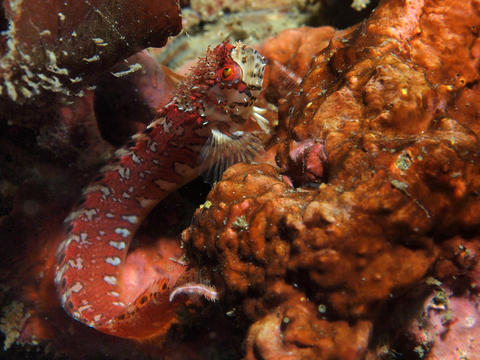
It is common to speak of “charismatic mega-fauna” when referring to some of the amazing larger warm water creatures such as sharks, mantas, groupers and more. And who doesn’t love seeing massive critters underwater?!? But I must say, my favorite group of fish are what I have affectionately named “charismatic mini-fauna”! The Pacific Spiny Lumpsucker is a delightful, tiny (averages the size of a quarter or half dollar) fish that hovers like a bumblebee, “flitting” from perch to perch where they attach themselves with their pectoral fins that have changed to become a suction cup. They have a perpetual “smile” on their face, and any dive where you are fortunate enough to find one is a good dive! The Decorated and Mosshead Warbonnets are typically 6-12 inches and maybe 2-4 inches respectively. Their gorgeous colors in incredible “headgear” (cirri) are simply amazing. In addition the ubiquitous Giant Plumose Anemone light up a dive with brilliant orange and white, and the orange Swimming Anemone is fun to see when you stop, go slow, and look close! Our sometimes limited visibility in our cold waters is the perfect excuse to slow down and look close! Wonders await when you do! I also love the Pink Hydrocoral of our coastal waters and dives when you run into the ancient, deep ivory Cloud Sponges are an amazing treat. [Mosshead Warbonnet by Tom Nicodemus]
5) In which regions have you done surveys? What experience levels are you in those other regions? Do you have any favorite dive spots in those places?
I have done surveys in Hawaii (with more surveys to turn in), and am a Level 2 in the Tropical Western Atlantic Region (with some tests to take and surveys to turn in!). I’ve also begun to survey in the Tropical Eastern Pacific region (with surveys to turn in there as well!). Hmmm… I see a theme developing!
I love Bonaire, and even with hundreds of dives there I keep going back. The Marine Park and Bonaire’s abundant life keeps calling me back, and the diving freedom of its shore diving is simply fabulous!
But when all is said and done, the cold green waters of my own Pacific Northwest are by far my favorite. Diving with REEF in Neah Bay and the San Juans and on Vancouver Island have given me amazing opportunities to add to my lifetime species lists and to dive with some of the most amazing fish geeks on the planet! Diving in Canada rivals just about anywhere in the world for color and beauty. In addition I was fortunate to be able to “open” up what was then a new region for REEF when I was diving in Sitka, Alaska. It’s fun to get coordinates and help name some new dive sites!
6) What is your favorite thing / memory about REEF and the Volunteer Fish Survey Project?
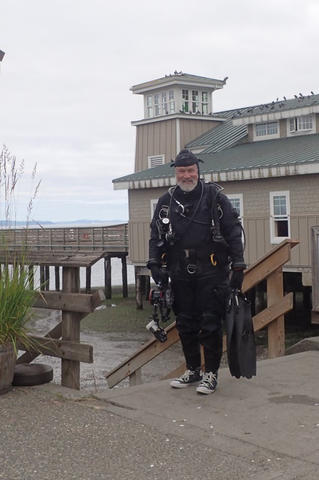
Diving with the Pacific Northwest Advanced Assessment Team of REEF Level 4 & 5 surveyors has introduced me to some of the most amazing people I’ve ever met! Their backgrounds and temperaments are varied, but their passion for the sea and love for its creatures brings them together. Learning from each other, sharpening our skills, and laughing until our sides almost split are just a few of memories I have of these times. The opportunity to dive some isolated and “big” waters with amazing people is a gift that REEF has given back to me that far outweighs anything I’ve contributed.
7) What are your goals with REEF for the future?
I’m always looking to recruit new REEF surveyors, and I love talking about Fish & Invertebrate ID at the many shore diving sites around Puget Sound. As I have dove in the Tropical Eastern Pacific I always speak to the dive operators about how REEF opens up the diving experience so much for us! After only 13 years of diving I’ve learned that if people don’t find an underwater passion besides blowing bubbles then their diving will wane and will become a hobby of the past. Identifying and surveying what we see keeps the passion going and keeps us learning and getting better! Anytime I can go on a REEF field survey I do. My only regret is that I’m not independently wealthy enough to do it 12 months a year!
The Puget Sound / Salish Sea area of Washington and British Columbia has some of the richest diving opportunities in the world, and we have a wealth of shore diving sites. Divers give our increasing population a first hand report on the most commonly asked question – “What do you see down there?!?” When combined with surveying and underwater photography we become windows on an underwater world. [Tom getting in the water at Redondo Beach, Puget Sound, WA. Photo courtesy of Tom Nicodemus]
